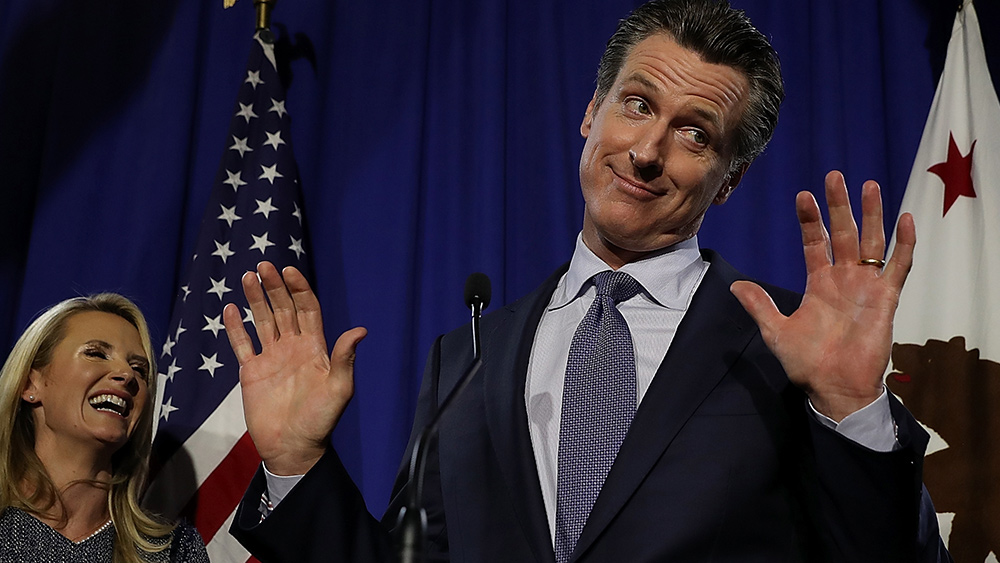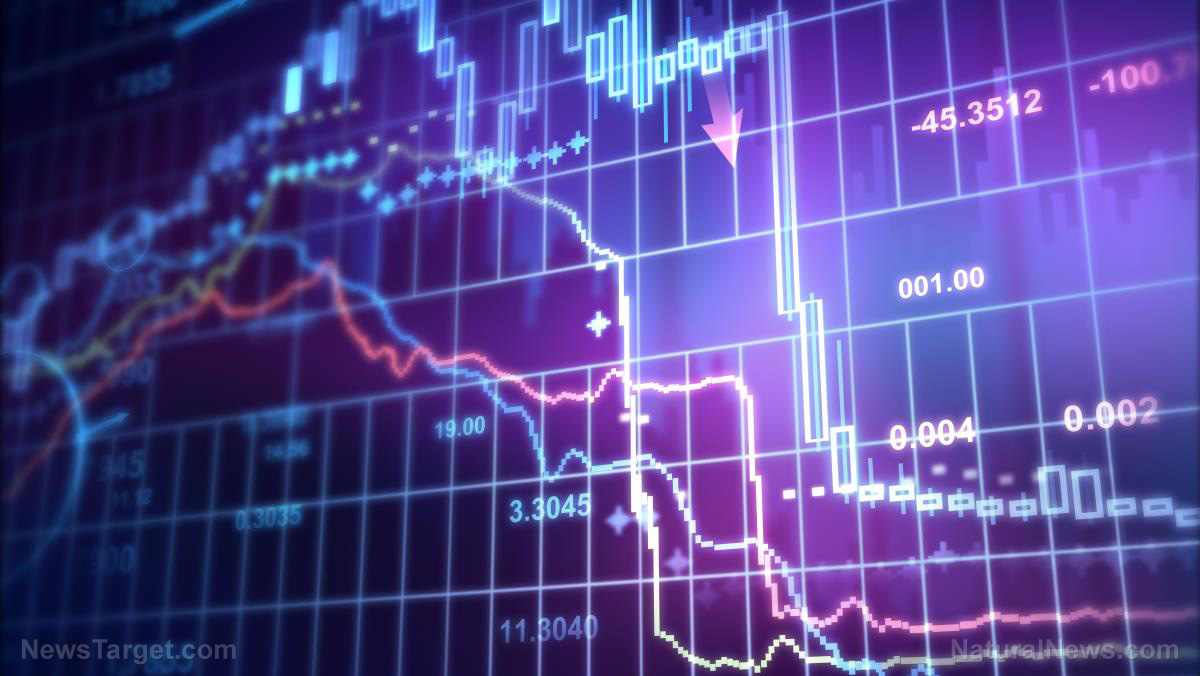US credit card debt rises to historic high of $1.03 trillion
08/09/2023 / By Arsenio Toledo

The total credit card debt in the U.S. has breached the $1 trillion mark.
This is according to the Federal Reserve Bank of New York, which noted that total credit card debt rose by nearly five percent, or about $45 billion, during the second quarter of 2023 to a new high of $1.03 trillion. This is the highest gross value in Fed data going back to 2003. (Related: Survey: The average American has over $54,000 worth of debt and would do almost anything to get rid of it.)
The Fed noted in its credit report that the rise in credit card balances is a reflection of more robust consumer spending as well as significantly higher prices caused by inflation. As credit card use grew in the previous quarter, so did the delinquency rate.
The Fed noted that the delinquency rate – measured by people whose credit card debt is 30 days or more late in payment– rose to 7.2 percent in the second quarter, up from 6.5 percent in the first and the highest recorded delinquency rate since the first quarter of 2012.
Overall debt in the U.S. saw little change, with the rise in credit card debt being the most notable. Total household debt only rose by about $16 billion to $17.06 trillion. Newly originated mortgage debt rose by $393 billion, with overall mortgages nudging lower to just over $12 trillion. Auto loans increased by about $20 billion to $1.58 trillion, and student loans decreased slightly to $1.57 trillion just ahead of the upcoming lifting of the payment moratorium.
Despite the grim report, researchers for the New York Fed claim that the economy is still relatively stable.
“Despite the many headwinds American consumers have faced over the last year – higher interest rates, post-pandemic inflationary pressures and the recent banking failures – there is little evidence of widespread financial distress for consumers,” wrote the New York Fed.
Credit card debt likely to keep rising as US economic situation deteriorates
The New York Fed notes that delinquency rates are still relatively low by historical standards, but rising balances may present challenges for consumers going forward as many expect to end up spending more each month this fall, particularly when student loan payments resume.
“The resumption of student loan payments will be a huge test for many cardholders, shrinking the amount they have to devote to paying off card debt and leaving some people simply unable to make minimum payments at all,” warned Matt Schulz, chief credit analyst for online lending marketplace LendingTree. “One trillion dollars in credit card debt is staggering. Unfortunately, it is likely only going to keep growing from here.”
Jolle Scally, regional economic principal in the New York Fed’s research and statistics group, noted gloomily that delinquency rates are actually normalizing to pre-pandemic levels.
Furthermore, not only are credit card debt balances higher, but more cardholders are carrying debt from month to month, adding to the financial strain being experienced by American consumers.
“If, all of a sudden, you have to start making $400 or $500 monthly student loan payments again, that could directly or indirectly lead to more credit card debt,” noted Ted Rossman, senior industry analyst at consumer financial services company Bankrate.
Learn more about U.S. government debt and spending at DebtBomb.news.
Watch this episode of “Zoon Politikon” as host Holly Seeliger discusses the massive change in America’s credit ratings.
This video is from the channel Zoon Politikon on Brighteon.com.
More related stories:
As the economy implodes, credit card balances are increasing at the fastest pace in U.S. history.
Sources include:
Submit a correction >>
Tagged Under:
bubble, consumer debt, credit card debt, credit cards, debt bomb, debt collapse, economic collapse, economics, economy, finance, financial crash, household debt, market crash, money supply, national debt, pensions, personal debt, personal finances, risk, student loans
This article may contain statements that reflect the opinion of the author
RECENT NEWS & ARTICLES
COPYRIGHT © 2022 FinanceRiot.com
All content posted on this site is protected under Free Speech. FinanceRiot.com is not responsible for content written by contributing authors. The information on this site is provided for educational and entertainment purposes only. It is not intended as a substitute for professional advice of any kind. FinanceRiot.com assumes no responsibility for the use or misuse of this material. All trademarks, registered trademarks and service marks mentioned on this site are the property of their respective owners.




















